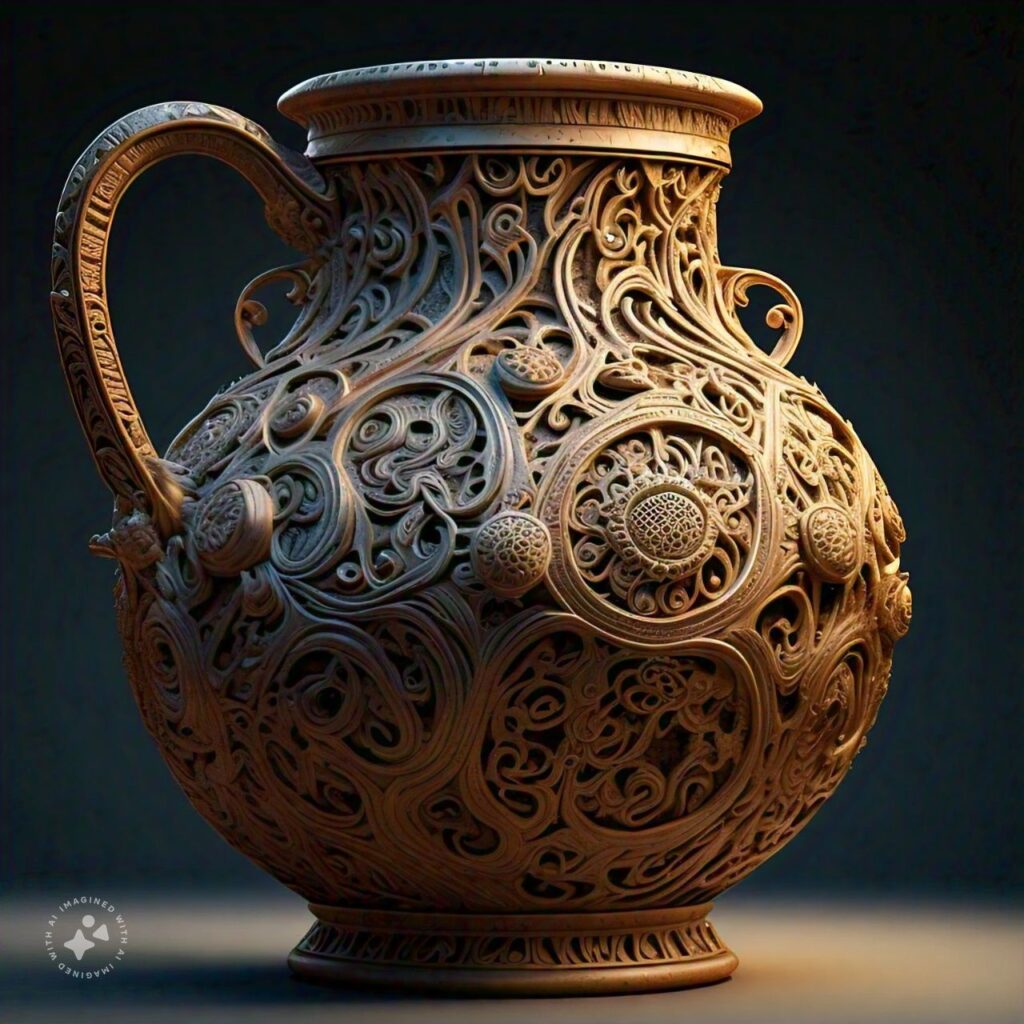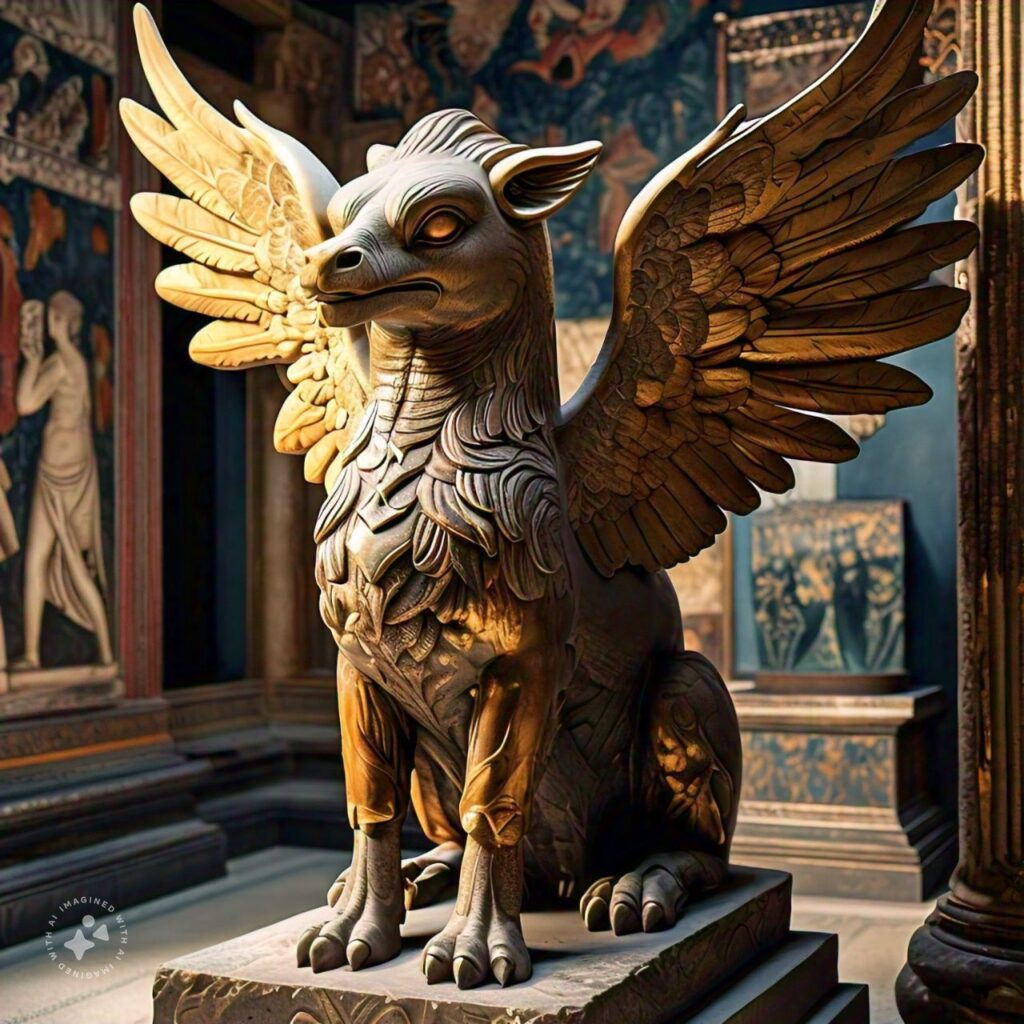Art has been an essential part of human culture since ancient times. The art created by early civilizations offers valuable insights into their beliefs, lifestyles, and societal structures. Ancient artz, which refers to the artistic creations of ancient cultures, spans thousands of years and encompasses a wide variety of styles and techniques. From the earliest cave paintings to the monumental architecture of ancient empires, ancient artz reflects the creativity and ingenuity of early societies.
In this article, we will explore what ancient artz is, its key characteristics, the materials used, and the significance of art in various ancient civilizations. We will also look at specific examples from Mesopotamia, Egypt, Greece, Rome, China, and India to understand the rich diversity of ancient artz. Throughout, we’ll use simple language to make the fascinating world of ancient artz accessible to everyone.
What Is Ancient Art?
Ancient artz refers to the artistic creations made by early human civilizations from prehistory through the end of classical antiquity. This period covers thousands of years, stretching from the Stone Age (beginning around 40,000 years ago) to around the fall of the Roman Empire (in the 5th century AD). Ancient artz includes a wide range of art forms, such as sculpture, painting, pottery, jewelry, and monumental architecture.
The primary purpose of ancient artz was not just for aesthetic pleasure but to serve religious, political, and social functions. Art was often used to honor gods and rulers, document significant events, or symbolize power and wealth.
Key Characteristics of Ancient Art
1. Symbolism
One of the defining features of ancient artz is its use of symbolism. Early artists frequently used visual symbols to convey deeper meanings. These symbols often represented religious ideas, natural forces, or important aspects of everyday life. For example, in Egyptian art, the pharaoh was often depicted as a god-king, symbolizing his divine authority. In Mesopotamian art, mythological creatures like the lion-headed eagle represented the forces of good and evil.
2. Functionality
While much of modern art is created for aesthetic appreciation, ancient artz was often functional. This means that many ancient artworks had a practical purpose beyond their beauty. Pottery, for instance, was not just decorated but also used for storing food, liquids, or religious offerings. Likewise, weapons and tools were often intricately designed to showcase the skill of the craftsman while serving practical roles in warfare or daily tasks.
3. Monumental Architecture
Ancient civilizations are perhaps best known for their grand architectural achievements. From the towering pyramids of Egypt to the temples of Greece and Rome, ancient artz often took the form of large-scale architectural projects. These monumental structures were not just feats of engineering but also artistic masterpieces that reflected the religious and political power of the ruling elite.
4. Religious Significance
A vast portion of ancient artz was religious in nature. Temples, statues, and carvings were created to honor gods, spirits, or rulers, who were often regarded as divine. This religious art played a crucial role in the spiritual life of ancient societies. In Egypt, for example, art was deeply connected to the afterlife, and many sculptures and paintings were created to ensure the deceased’s safe passage into the next world.
5. Materials Used in Ancient Artz
Early artists worked with the materials available to them. The materials used in ancient artz varied depending on the region and the available resources. Common materials included stone, bronze, clay, wood, and precious metals. Stone was especially favored for large sculptures and buildings because of its durability, while bronze and other metals were used for smaller sculptures, weapons, and tools. Pottery and clay tablets were also widely used, both for artistic expression and practical purposes, such as storing records and documents.
Ancient Artz of Mesopotamia
Mesopotamia, often called the “cradle of civilization,” was one of the earliest regions to develop complex societies and artistic traditions. Located in the fertile area between the Tigris and Euphrates rivers (modern-day Iraq), Mesopotamian artz was known for its intricate carvings, cylinder seals, and monumental architecture.
Carvings and Reliefs
One of the most famous forms of ancient artz in Mesopotamia was the carving of reliefs—images that were etched into stone walls to tell stories of kings, battles, and religious rituals. The Stele of Hammurabi, which features one of the earliest written legal codes, is a prime example of this art form.
Ziggurats
Ziggurats were massive terraced structures that served as temples dedicated to the gods. They were some of the most important architectural achievements in Mesopotamian culture and reflected the religious significance of art in this region. These massive buildings were made of mud bricks and often decorated with glazed tiles and sculptures.
Ancient Artz of Egypt
Ancient Egyptian art is perhaps the most iconic and recognizable of all ancient artz. It is characterized by its use of hierarchical proportions, symmetry, and a focus on the afterlife. Egyptian art often served religious purposes and was used to glorify pharaohs, gods, and the journey to the afterlife.
Sculptures and Statues
The ancient artz of Egypt is famous for its grand statues and sculptures, such as the Great Sphinx of Giza and the statues of pharaohs. These sculptures were often larger than life, designed to convey the power and divine nature of the rulers they depicted.
Hieroglyphics
Hieroglyphics, a system of writing using symbols, was another significant feature of Egyptian art. Hieroglyphs were often used to inscribe religious texts and the achievements of rulers on temple walls and tombs. The art of hieroglyphics was not just functional but also an art form in itself, with symbols often arranged in beautiful, symmetrical patterns.
Pyramids and Tomb Art
The Egyptian pyramids are some of the most famous examples of ancient artz. Built as tombs for the pharaohs, they were not only architectural marvels but also contained extensive artwork. The walls of the pyramids and tombs were decorated with paintings and carvings depicting the journey to the afterlife, daily life, and religious rituals. These artworks served a spiritual purpose, as they were believed to help guide the deceased safely to the afterlife.
Ancient Artz of Greece and Rome
The civilizations of ancient Greece and Rome made enormous contributions to ancient artz, particularly in the fields of sculpture, architecture, and pottery. While both cultures were heavily influenced by earlier civilizations, they developed their own distinctive styles that have influenced Western art for centuries.
Greek Sculptures
Greek art is renowned for its detailed and realistic sculptures, particularly of the human body. Sculptors aimed for idealized representations of the human form, showcasing physical beauty, balance, and proportion. The famous Venus de Milo and the sculptures from the Parthenon are among the most admired examples of ancient Greek art.
Roman Architecture
Roman art was heavily influenced by Greek art, but the Romans also developed their own architectural innovations. The Roman use of arches, vaults, and concrete allowed them to build impressive structures, such as the Colosseum and the Pantheon. These buildings not only served functional purposes but were also adorned with beautiful carvings, frescoes, and sculptures.
Ancient Artz of China

China has one of the oldest continuous artistic traditions in the world. Chinese ancient artz includes bronzeware, ceramics, jade carvings, and monumental tomb sculptures. Art in ancient China was closely tied to philosophy, religion, and politics, with Confucianism, Taoism, and later Buddhism influencing much of the country’s artistic output.
Bronzeware
During the Shang and Zhou dynasties (1600–256 BCE), the Chinese were known for their sophisticated bronze work. Ritual vessels, often decorated with intricate patterns and animal motifs, were used in religious ceremonies. These bronzes are considered some of the finest examples of ancient artz in the world.
Terracotta Army
Perhaps the most famous example of Chinese ancient artz is the Terracotta Army, a collection of thousands of life-sized sculptures buried with the first Emperor of China, Qin Shi Huang, in 210–209 BCE. Each soldier in the army is unique, with individualized facial expressions and detailed armor, showcasing the high level of craftsmanship in ancient China.
Ancient Artz of India
India’s ancient artz was deeply influenced by religion, particularly Hinduism and Buddhism. Indian art is characterized by its spiritual themes, vibrant colors, and intricate designs.
Buddhist Stupas
One of the most important forms of Indian ancient artz is the Buddhist stupa, a dome-shaped structure that contains relics and serves as a place of meditation. The Great Stupa at Sanchi is one of the most famous examples of ancient Indian art and architecture.
Hindu Temples
Hindu temples are another significant aspect of Indian ancient artz. These temples are often elaborately carved with scenes from Hindu mythology, showcasing the gods and goddesses in various forms. The temples themselves are designed to symbolize the universe, with intricate sculptures adorning every surface.
Conclusion: The Lasting Impact of Ancient Artz
Ancient artz continues to inspire and influence modern art and architecture. The creativity, skill, and ingenuity of early civilizations are evident in the beautiful works they left behind, many of which still stand today as a testament to human achievement. From the pyramids of Egypt to the sculptures of Greece, ancient artz not only reflects the beliefs and values of the past but also

